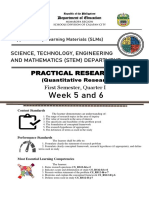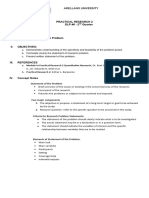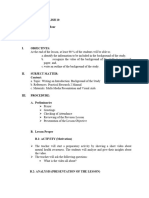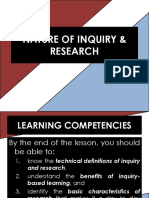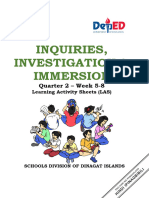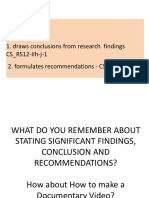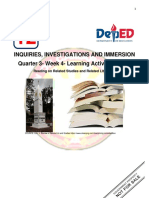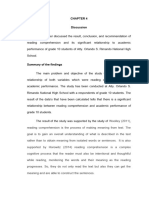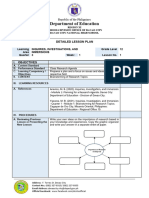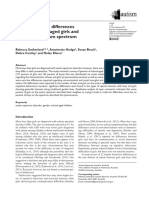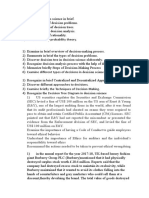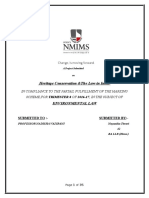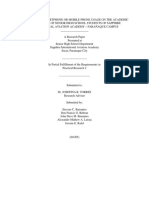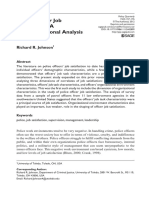0% found this document useful (0 votes)
504 views23 pagesIdentifying Problem and Asking Questions
Here are 5 specific questions about the research problem:
1. What is the estimated budget for constructing the covered pathway?
2. What route should the covered pathway take to connect all buildings on campus?
3. What building materials would be most durable yet affordable for the covered pathway?
4. How wide and high should the covered pathway be to accommodate student foot traffic?
5. What lighting and drainage solutions should be incorporated into the covered pathway design?
Uploaded by
Melvin H. MadroñalCopyright
© © All Rights Reserved
We take content rights seriously. If you suspect this is your content, claim it here.
Available Formats
Download as PPT, PDF, TXT or read online on Scribd
0% found this document useful (0 votes)
504 views23 pagesIdentifying Problem and Asking Questions
Here are 5 specific questions about the research problem:
1. What is the estimated budget for constructing the covered pathway?
2. What route should the covered pathway take to connect all buildings on campus?
3. What building materials would be most durable yet affordable for the covered pathway?
4. How wide and high should the covered pathway be to accommodate student foot traffic?
5. What lighting and drainage solutions should be incorporated into the covered pathway design?
Uploaded by
Melvin H. MadroñalCopyright
© © All Rights Reserved
We take content rights seriously. If you suspect this is your content, claim it here.
Available Formats
Download as PPT, PDF, TXT or read online on Scribd
/ 23













